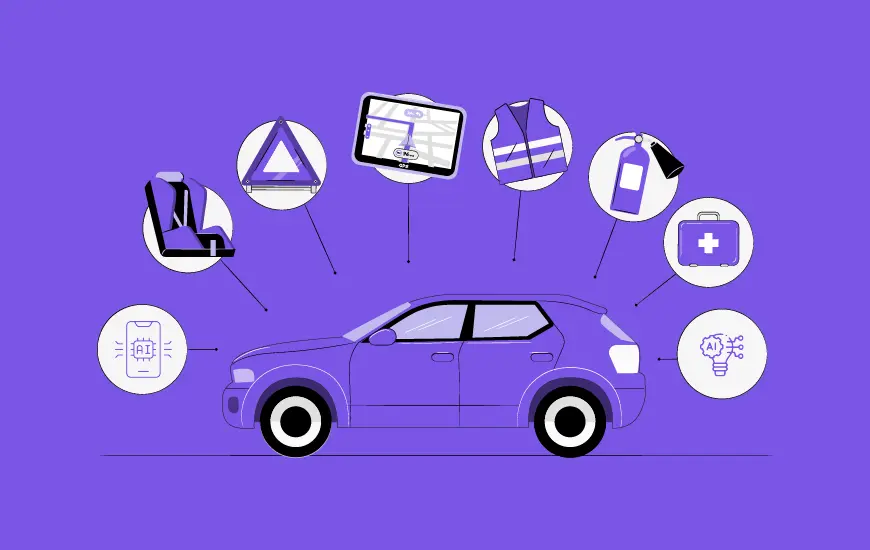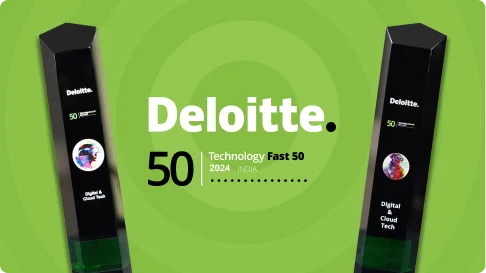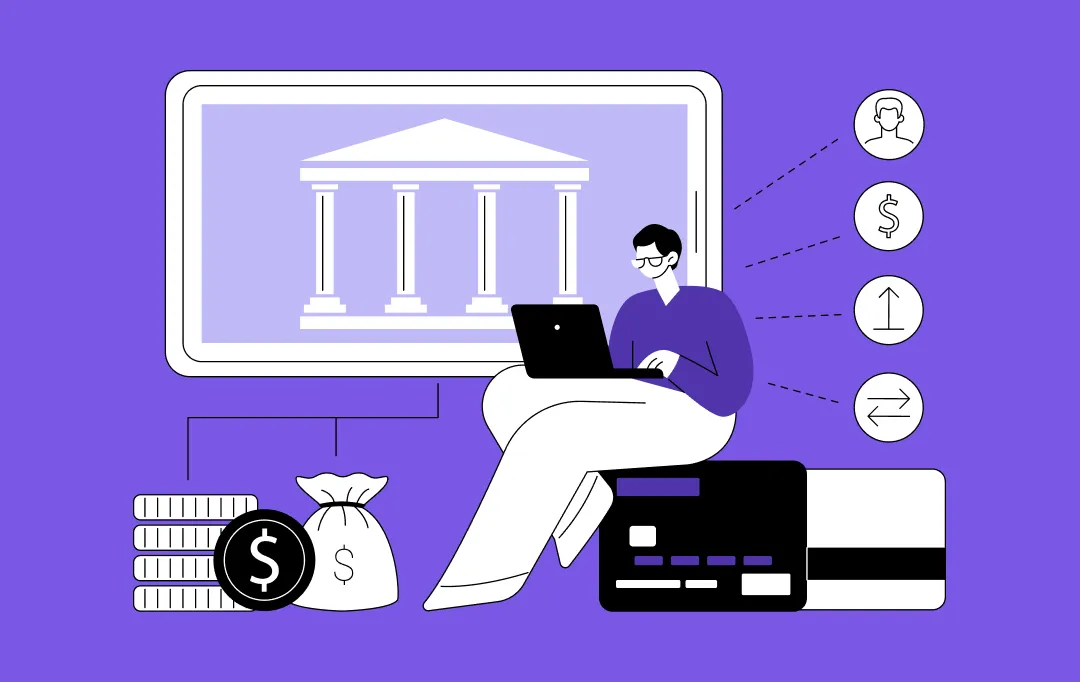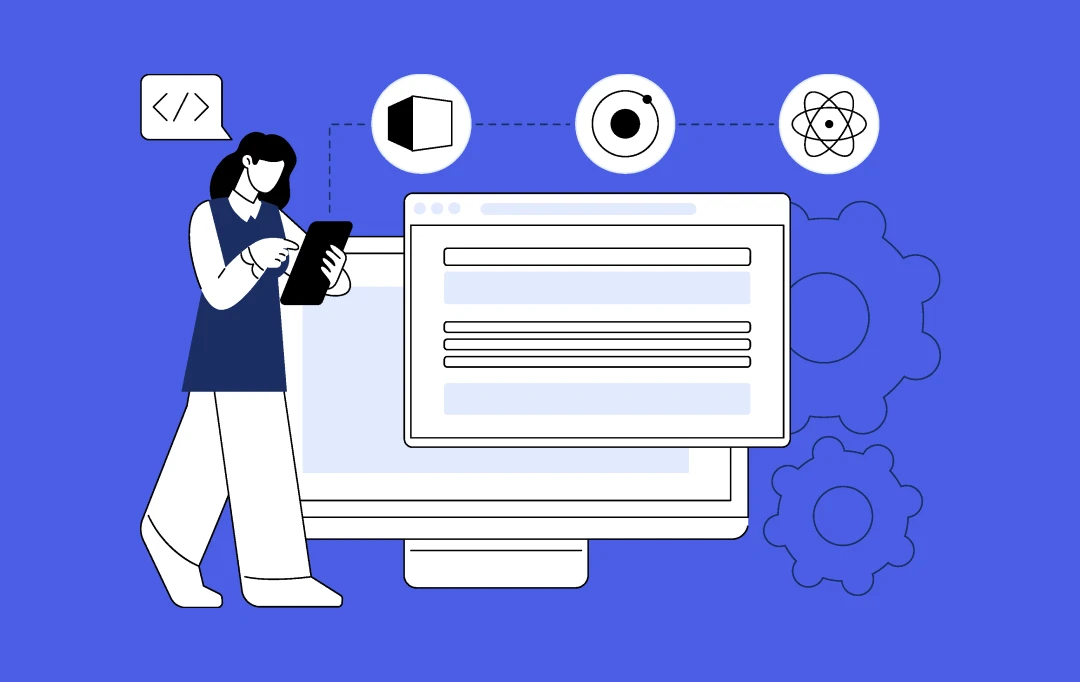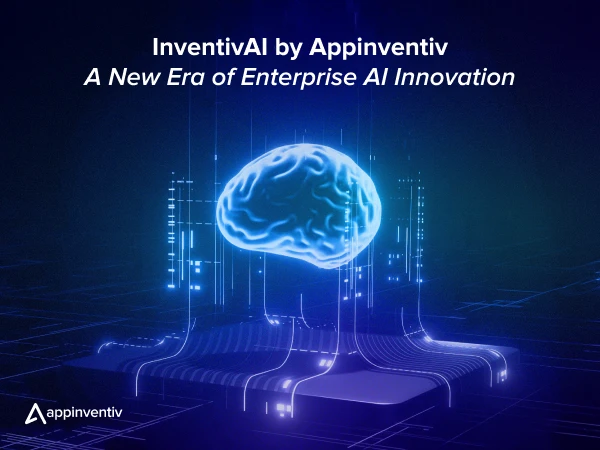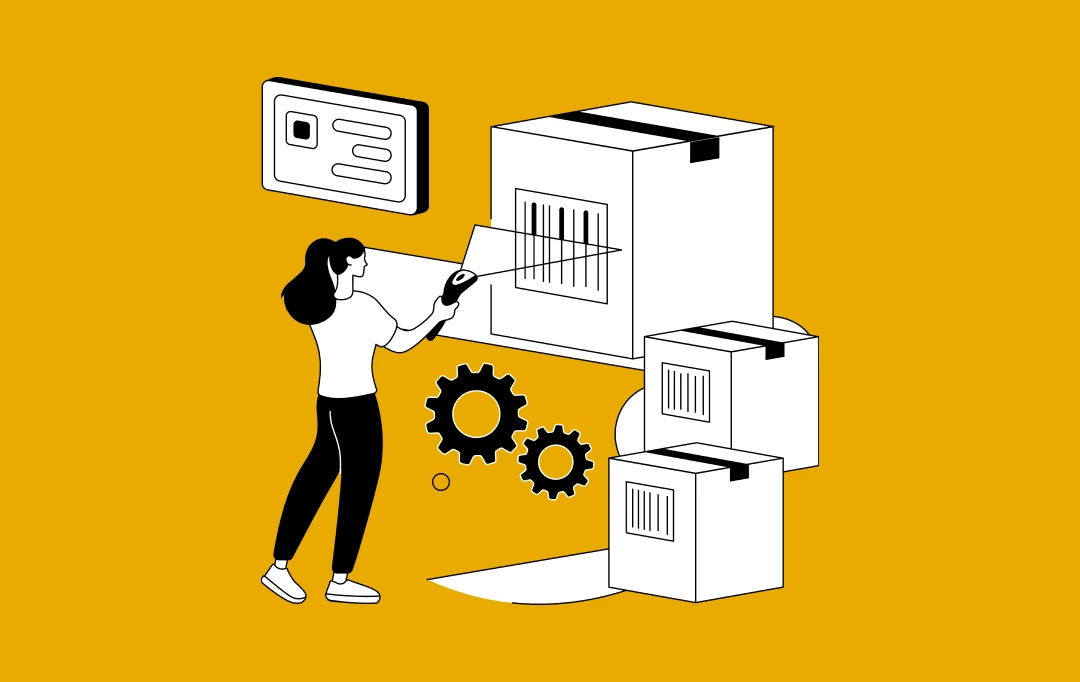- A Timeline of Google Assistant
- 2012
- 2016
- 2017
- 2018
- Google I/O 2018 Announcements Related to Google Assistant
- What Next for Google Assistant? Google Duplex?
- How Does Google Assistant Works?
- How to Develop an App that can be Integrated with Google Assistant?
- 1. Actions on Google developer project
- 2. Action package
- 3. Fulfillment
- 1. Dialogflow
- 2. Templates
- 3. Actions SDK
- Summing Up
With a simple ‘Hey, Google’ and ‘Ok, Google’, Google Home – the flagship speaker powered by Google Assistant has now found its place in a number of homes ever since the announcement of expansion in the Google I/O 2018 Developer Conference.
As Google Home prepares to make an appearance in million of homes in over 80 countries, the developers and businesses are presented with a golden opportunity to develop apps that would get them to the million new addresses with Google Home.
While Google is planning its expansion, let us look at how far Google Assistant has come.
A Timeline of Google Assistant
2012
Google Now [July] – The virtual personal assistant that does schedule management, voice search, and give directions was launched.
2016
Google Assistant [May] – The pioneering virtual voice and text based assistant is launched in Google messaging app, Allo
Google Home [November] – Speakers that enable users to talk through voice command to interact with Google Assistant is Launched
Action on Google [December] – The platform for Google Assistant app development is made open for developers
2017
Multi-user Support [April] – Assistant is given the support to understand 6 different voices, making it multi user platform.
Ability to shop on Walmart using Assistant is added by Google [September]
High-end Smart Speakers [October] – Two new high-end, AI powered speakers are launched: Google Home Max & Google Home Mini
2018
Google Announces use of over 30 language by 2018 end [February]
While this was what the Google Assistant picture been so far, the brand announced its plans to up the game by 180 degrees in the I/O 2018 event, held on May 2018.
Before we move on with the process to come on Google Assistant and inside the lives of millions in 80 countries, let us take a side track to look at the announcements that were made in I/O 2018 with respect to Google Assistant.
Google I/O 2018 Announcements Related to Google Assistant
- Expansion in over 80 Countries
- 6 More New Voices
- Continued Conversation without Trigger words
- Assistant is Coming to Navigation to Help Users Trigger Actions while on Road
- Greater application of AI to make Conversations Human
These announcements are a direct sign of how prepared Google is to take its Assistant domain to an all new level in the users’ lives. And with the tech giant expanding the geographical boundaries, the timing is only apt to make your app the one that Google summons when users call for the category.
Apart from these, there is another feature that Google is coming up with to elevate the experience that Assistant users are getting – Google Duplex.
What Next for Google Assistant? Google Duplex?
Google Duplex was one of the biggest and by far most innovative announcement that was made by Google in I/O 2018 Developer Conference.
Using this feature, Google assistant will help users by making calls to businesses. The technology will now make appointments and book table in place of the users. The feature that will be made live by the end of 2018, is powered by AI that enables it to have a complex conversation.
Now that we have gathered the understanding of what is new in the Google Assistant world, it is time to move on to that part of the content that we gathered here for, how to develop an app that can be integrated with Google Assistant.
But, before we get into the exact Google Assistant App Development process, let us answer one important thing for you…
How Does Google Assistant Works?
Here’s an example of how Google Assistant functions, explained through an instance of reserving table at a diner called BobbleHead.
- The user summons to the Google Assistant, requesting an action, “Ok, Google, I wish to book a table at BobbleHead for two”. The Assistant then forwards the request to Actions on Google for finding the restaurant app.
- The Google Assistant then ask the user if they want to start converse with the BobbleHead restaurant app. When they respond in “Yes”, Assistant chimes in BobbleHead and pass on the user to them.
- The application shows an onboarding welcome message before its conversation starts with the app user.
- While in the interaction, Google Assistant mediates the conversation that happens between user and BobbleHead, and then the two trade information, enabling BobbleHead to collect information it would require for fulfilling the user intent.
- Lastly, the interaction finishes as the user is done booking the table.
Now that you know how Google Assistant works and the glorious plans that Google have for its Assistant segment, let us now get down to what you came here for.
How to Develop an App that can be Integrated with Google Assistant?
The answer to this lies with the ‘Action on Google’ Platform.
Actions on Google is the development platform, which lets developers develop apps that extends to the functionality of Google Assistant, across over 500 million devices, that include smart speakers, phones, TVs, , cars, watches, headphones, amongst others.
Users engage with Google Assistant for getting stuff done, such as buying household items or booking a movie ticket. As a mobile app developer, you can make use of Actions on Google platform for easily creating and managing delightful and efficient conversation experiences between the users and your own app.
While you are planning to initiate your google assistant app development process through Action on Google there is something that you need to take care of – Invocation.
There are 2 ways users will invoke your app in the Assistant
- Explicit – It happens when users tells the Assistant explicitly that it want to converse with your app.
- Implicit – When assistant invokes your app when users tells it to accomplish a specific task. The probability of visibility of your app in implicit invocation depends entirely on how well you have designed your app keeping the best practice in mind.
An app that is to be designed to be integrated with Google Assistant, comes with three components –
1. Actions on Google developer project
Identify and manage your application throughout the approval stages and enables you to monitor your actions. You will also have an access to – your mobile app analytics and to Actions Simulator, the platform that allows you to test your app without the need of any physical device.
2. Action package
It defines the metadata about all the actions of your app, like how Google Assistant would summon your actions and how Google Assistant would call on your fulfillment services.
3. Fulfillment
It is the actual functionality of your mobile app. It is hosted as HTTPS web service. When your users interact with some action, the fulfillment takes request from them and gets back to them with responses with Google Assistant mediating the communications.
You can develop your app using any one of the these three methods –
1. Dialogflow
Dialogflow is used by most companies which insist on designing voice user interface and building their personal conversational experience. It combines the purpose of Actions SDK with extremely easy-to-use web IDE. which comes with the ease of generating and deploying action packages. The option includes the NLU (natural language understanding) engine, which already understands the natural, everyday human language, so that you don’t need to worry about it.
Know How to Develop app using Dialogflow Here
2. Templates
Building apps by templates allows you to employ a set user experience which is defined in the template. Even though majority of the app’s interactions and its fulfillment will be handled by template, one can personalize some portions in the app like specific responses or its configuration settings. Using templates, you will be able to build apps without having to write even one single character of code.
It is recommended to use template that meet your business’s exact requirements as you will be able to build apps much faster, without paying a heed to conversation designing, which is one of the most difficult parts of conversation based apps.
Know How to Develop app using Templates
3. Actions SDK
Google has launched its own SDK which is ideal for businesses whose conversation functionality revolves around extremely short direct conversation with less to no scope of input variability. If your actions don’t typically need any understanding of robust language and can usually accomplish any one use case, go with ACtions SDK.
In addition to that, in case you already have one NLU, which you wish to use and only wish to get raw texts and then pass them to your Natural Language Understanding, you will have to make use of Actions SDK.
Lastly, the Actions SDK do not give the ease that comes with an IDE, meaning you will have to create an action package manually through some text editor and then deploy it onto your Google Developer project via the command-line utility.
Know How to Develop app using Actions SDK Here
Summing Up
You now know the potential that Google has presented you with by expanding its Google Assistant powered Google Home devices in over 38 countries and how to develop apps that can be integrated with Assistant to then get activated in million more homes.
What’s next – Talk to our Google Home Experts and come on to Google Home with your Conversation App powered by Google Assistant.


- In just 2 mins you will get a response
- Your idea is 100% protected by our Non Disclosure Agreement.

43 Best New Google Assistant Features That Makes it Better than Siri
From setting an alarm to ordering food and reserving seats, the digital assistants like Siri, Alexa, Bixby, and Google Assistant have enhanced our lives in multiple ways. Since their inception, these voice assistants have grown rapidly with no backed off yet. But, can you name the best one among them? If you have asked this…

How Can Google Voice Assistant App Make Your Business Efficient?
2017 was the year of Alexa with the Amazon assistant passing 10 million unit sales in the year as a whole. 2018 saw Google Home rising and rising with it was Google Voice Assistant App - the technology powering million of Google Home devices around the globe. And soon, in just a matter of 2…
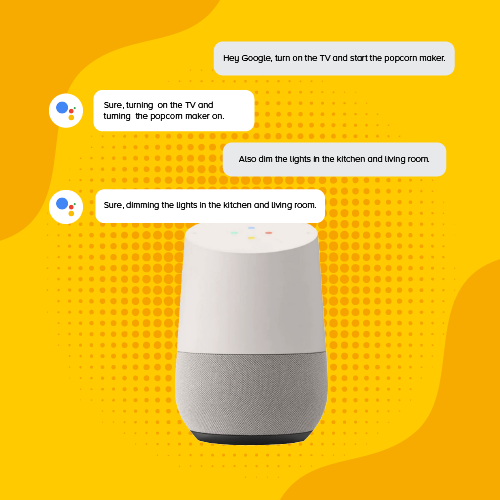
Google Assistant “Continued Conversation” Feature is Live in The US
Google is finally following up on its most requested and appreciated announcement of Google I/O 2018. Out of all the announcements made in the I/O 2018 Developer Conference, Google Assistant Continued Conversation was the one that has gained the maximum user attention. And yesterday Google declared that it is following up on the promise starting…








